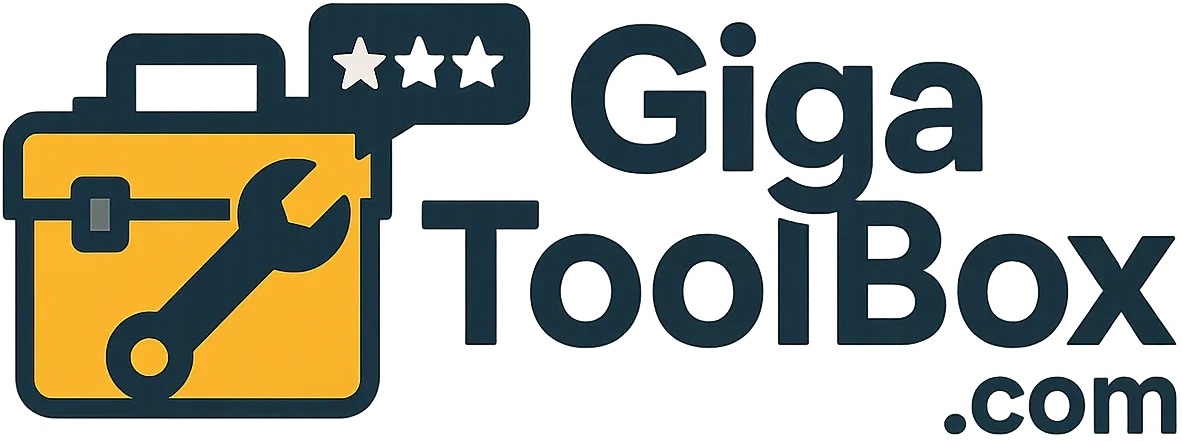
Over a period of four months, I ran email campaigns, event promotions, and SMS reminders using Constant Contact for clients across retail, fitness, and nonprofit sectors. The platform offers rock-solid deliverability, a very beginner-friendly experience, and integrated tools for multi-channel outreach.
However, it also shows its age. Advanced automation is nearly nonexistent, segmentation capabilities are basic, and the editor—though usable—is showing limitations in design control. Constant Contact remains best suited for small businesses and nonprofit teams that need simplicity and support more than depth or flexibility.
Key Features (Tested in Production Campaigns)
Visual Email Editor and Campaign Builder
The email builder includes drag-and-drop blocks for headlines, buttons, images, polls, and social links. While building simple newsletters was fast and intuitive, I ran into layout restrictions when attempting more custom design structures. HTML editing is available but lacks fluid integration with the visual builder.
For quick campaigns, especially where branding is already established, the tool works. But for pixel-perfect creatives or dynamic layouts, it falls short.
Templates and Brand Tools
The platform offers over 200 pre-made templates. I used these across seasonal promotions, donation appeals, and product announcements. Many templates are serviceable, but several look outdated. The BrandKit tool, which pulls colors and logos from your website, helped maintain visual consistency across campaigns.
Still, if you’re working with strict brand guidelines or a creative-first strategy, Constant Contact’s templates may feel restrictive.
Event Promotion, Ticketing, and Surveys
Constant Contact is one of the few platforms in its tier with built-in tools for event registration and survey distribution. I created RSVP forms for webinars and live fitness classes, connected those to email follow-ups, and even handled ticketed registrations without using a third-party platform.
These features worked reliably and were easy to integrate into workflows. Surveys had basic logic but were good enough for feedback collection or NPS-style campaigns.
SMS and Social Scheduling
The platform includes native SMS sending and basic social media scheduling. I sent SMS reminders for events and tested scheduled social posts across Facebook and LinkedIn. While usable, neither channel goes beyond the basics.
SMS lacks multi-step logic or automation triggers. Social post scheduling doesn’t offer analytics or audience segmentation, making it more of an add-on than a strategic tool.
Automation and Segmentation
This is where Constant Contact lags. Automation options are limited to one-off workflows like welcome emails or date-based triggers. There is no visual automation builder. You cannot create logic-based funnels or multi-branch campaigns based on user behavior or engagement history.
Segmentation is tied to static lists or very simple logic such as “opened last email” or “joined in the past 30 days.” There is no support for combining behavioral and demographic filters in a meaningful way.
For small lists and basic campaigns, this is workable. For anything resembling modern lifecycle marketing, it is not.
Analytics and Performance Reporting
The reporting dashboard provides the essentials: open rate, click-through rate, bounces, and unsubscribes. I reviewed performance across 70+ campaigns and found the reports clear but shallow. You can’t track campaign goals, view engagement by segment, or visualize conversions.
There is no native A/B testing beyond subject line splits. You can’t test different layouts or CTAs within a single campaign, which limits optimization.
Pricing (Used Across Multiple Business Sizes)
Pricing is based on list size and tiered feature access. In practice, here’s what clients encountered:
- Lite Plan (~$12/month): Basic email builder and one user account.
- Standard Plan (~$35/month): Adds branded templates, social tools, and simple automation.
- Premium Plan (~$80/month and up): Unlocks dynamic content, SMS, surveys, and eCommerce tools.
At around 5,000 contacts, we hit $275+/month on Premium without accessing the automation sophistication available in similarly priced platforms. Once you exceed 10,000 contacts, the cost-benefit balance shifts significantly.
Use Cases (Implemented Directly)
- Retail Boutique: Sent weekly product highlights, sale announcements, and loyalty follow-ups. The platform handled volume, but lacked analytics on customer cohorts or purchase behavior.
- Nonprofit: Ran donation drives, volunteer updates, and feedback surveys. Surveys were useful, but segmentation was mostly manual.
- Fitness Center: Used email for schedule updates and SMS for class reminders. Good for urgent alerts, but difficult to automate based on class attendance.
- Consulting Firm: Built a basic welcome sequence for new leads. Email performance was fine, but personalization and targeting options were too limited to scale.
Pros and Cons
Pros:
- Clean interface and very fast onboarding for new users
- Reliable email delivery and strong compliance handling
- Effective built-in tools for events, ticketing, and basic SMS
- Excellent customer support, with phone, chat, and onboarding specialists
- Strong uptime and platform reliability
Cons:
- Automation tools are extremely limited and outdated
- Templates feel dated and restrictive without custom coding
- No visual funnel builder or multi-path campaign logic
- Reporting and testing capabilities are minimal
- High cost for large contact lists without commensurate depth
Final Verdict
Constant Contact is dependable for teams that prioritize ease of use, customer support, and campaign stability. For businesses sending occasional emails, promoting local events, or maintaining basic outreach schedules, it remains a viable option.
But the platform has not evolved fast enough to meet the demands of modern, data-driven marketers. If automation, personalization, and testing are important to your strategy—or if you’re growing beyond 10,000 contacts—it’s worth exploring more advanced alternatives.
Rating: 7.8/10 — Best for small teams and nonprofits seeking reliability and support, but not built for scale or marketing sophistication.
